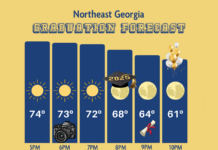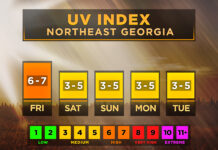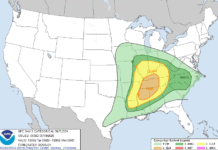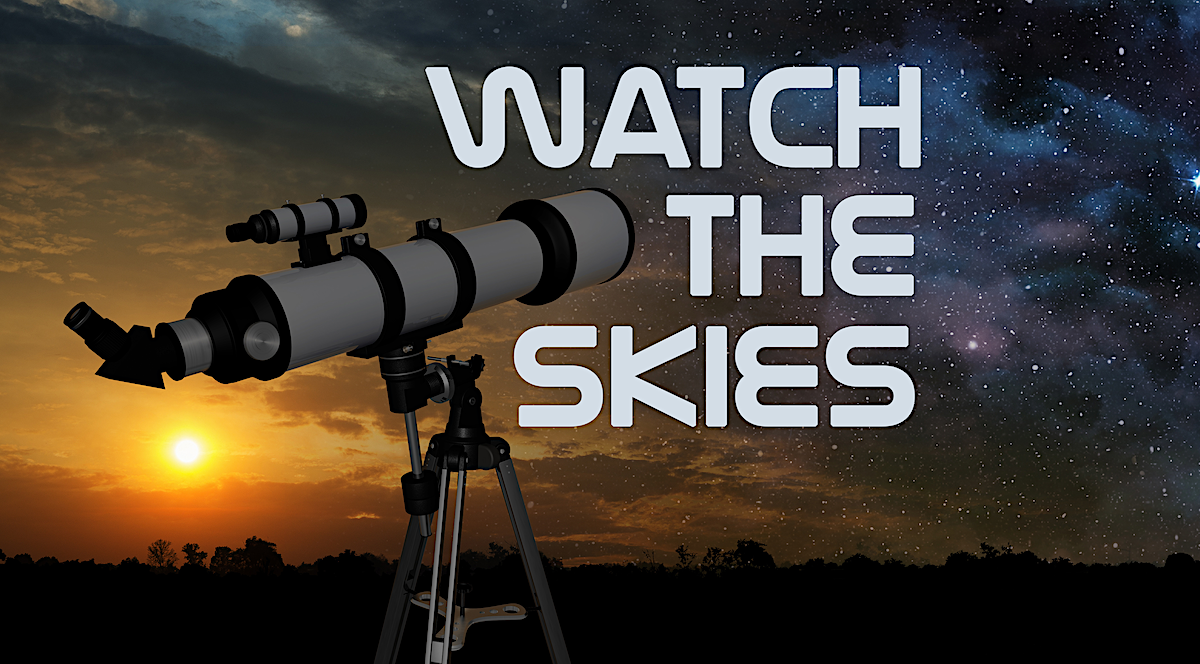
I hope you made it out to see the full snow moon last week. It was certainly a beautiful one!
This week the moon will be far from our minds as it rises later and later each night giving more time for evening stargazing without worrying about a washed-out sky. With the spring equinox coming up in just a few weeks this makes for the perfect time to check out a twice-a-year phenomenon known as the zodiacal light.
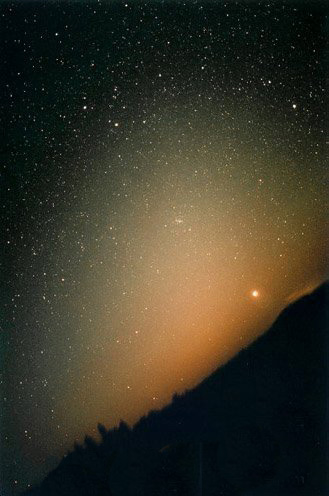
Back a few billion years ago when the solar system was just beginning there was a lot of dust and gas just floating around. Due to a physics concept known as conservation of angular momentum, this dust cloud condensed over time to all have roughly the same orbit and form a pancake-shaped disc around the infant sun. Over time this dust and gas would slowly coagulate due to gravity eventually forming all the planets and moons as we see them now. However, not all of that dust made it to planets, and plenty more has been kicked up by comets and asteroid impacts.
This remaining dust is what is known as the interplanetary dust cloud, and it is what forms the zodiacal light. The zodiacal light has been observed for thousands of years and even holds a significant place in Muslim tradition where it is referred to as the “false dawn”. It is visible twice a year, around both equinoxes when it is at its steepest incline to our own orbit and points nearly straight up into the sky. During the spring it is best visible from 2-3 weeks before to 2-3 weeks after the equinox during the evening after sunset. It is visible around the fall equinox before sunrise, hence the “false dawn”. Over the past couple hundred years an increase in light pollution has made this phenomenon much harder to observe.

The zodiacal light appears as a fairly dim triangle of light stretching up from the west in spring and east during the fall. It is best seen around 1 hour after sunset once astronomical twilight has faded. It is also easiest seen from a dark sky location well away from bright city lights. I have observed it numerous times in North Georgia from the North Georgia Astronomical Observatory, as seen below in a photo from way back in 2015.
With the moon rising later and eventually disappearing altogether over the coming two weeks it will make for an excellent time to observe the zodiacal light.
Head out this week and try to sneak a peek! If you manage any photographs feel free to share them with us as well.
As always, watch the skies!



